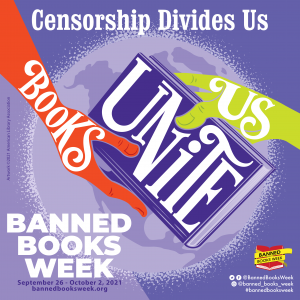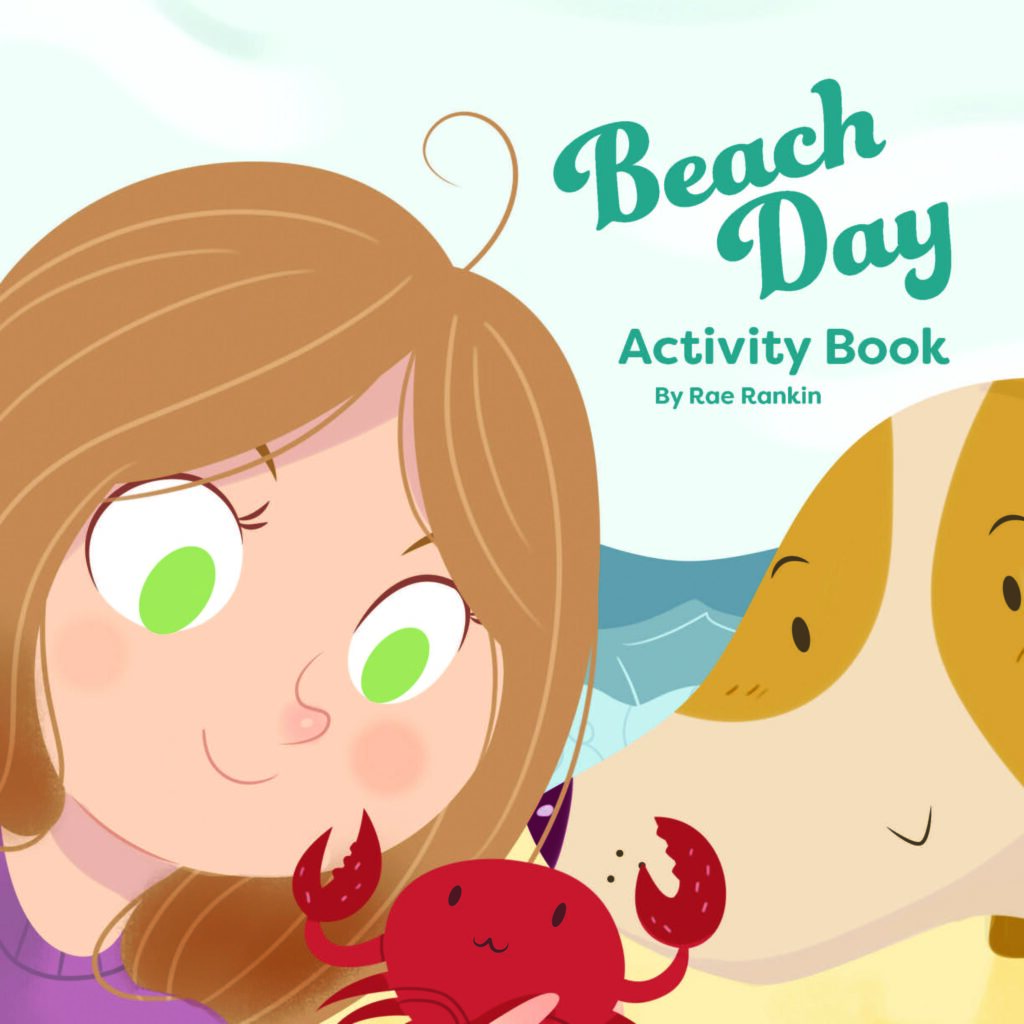Banned Books Week
It’s Banned Books Week. I have a lot of pet peeves, but banning books is probably in my top five. 
Each year, the ALA Office for Intellectual Freedom (OIF) compiles lists of challenged books. The books on the list are taken from media reports and librarians and teachers across the country. The Top 10 Challenged Books of 2020 are:
- George by Alex Gino. Challenged, banned, and restricted for LGBTQIA+ content, conflicting with a religious viewpoint, and not reflecting “the values of our community.”
- Stamped: Racism, Antiracism, and You by Ibram X. Kendi and Jason Reynolds. Banned and challenged because of the author’s public statements and because of claims that the book contains “selective storytelling incidents” and does not encompass racism against all people.
- All American Boys by Jason Reynolds and Brendan Kiely. Banned and challenged for profanity, drug use, and alcoholism and because it was thought to promote antipolice views, contain divisive topics, and be “too much of a sensitive matter right now.”
- Speak by Laurie Halse Anderson. Banned, challenged, and restricted because it was thought to contain a political viewpoint, it was claimed to be biased against male students, and it included rape and profanity.
- The Absolutely True Diary of a Part-Time Indian by Sherman Alexie. Banned and challenged for profanity, sexual references, and allegations of sexual misconduct on the part of the author.
- Something Happened in Our Town: A Child’s Story about Racial Injustice by Marianne Celano, Marietta Collins, and Ann Hazzard, illustrated by Jennifer Zivoin. Challenged for “divisive language” and because it was thought to promote antipolice views.
- To Kill a Mockingbird by Harper Lee. Banned and challenged for racial slurs and their negative effect on students, featuring a “white savior” character, and its perception of the Black experience.
- Of Mice and Men by John Steinbeck. Banned and challenged for racial slurs and racist stereotypes and their negative effect on students.
- The Bluest Eye by Toni Morrison. Banned and challenged because it was considered sexually explicit and depicts child sexual abuse.
- The Hate U Give by Angie Thomas. Challenged for profanity, and because it was thought to promote an anti-police message.
The idea of banning books irritates me. I believe that all books have a lesson to teach. Do we agree with everything that is in them? Not necessarily, but if we ban or censor books, what are we learning? If someone feels the book is not for them, don’t read it. Or if it’s for your child or teen, read it with them and take the opportunity to discuss what some people would take issue with. Have an open discussion with them. A few years ago, Captain Underpants was on the banned list. The reasoning was the book encouraged “disruptive behavior.” Why not read that together and use it as a learning tool?
Many of the topics of banned books are considered extremely sensitive right now, by banning those books, the commentary on the specific issue gets that much smaller. Instead, why not read the book and then have a constructive, critical, discussion about it. Be open to other people’s opinions even if they don’t necessarily match your own.
For more information on Banned Books Week visit https://bannedbooksweek.org/.
 Previous Post
Previous Post